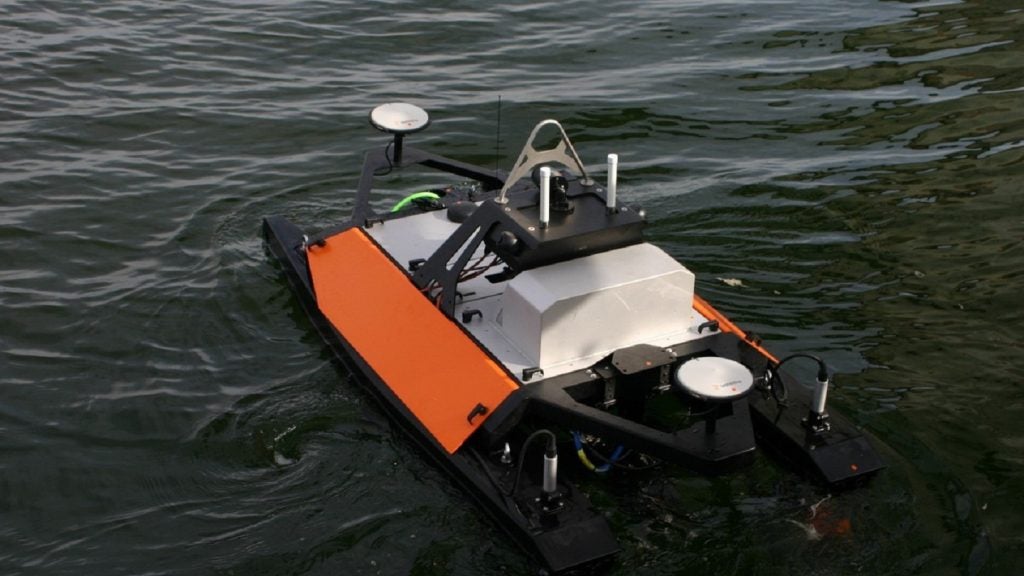Norwegian autonomous technology provider Maritime Robotics, together with Danish subsea supplier Teledyne Marine, have delivered a number of uncrewed surface vessels (USVs) to the Ukrainian Navy for data collection operations.
Maritime Robotics' Otter USV, equipped with the Teledyne RESON SeaBAT T51-R multibeam echosounder from Teledyne Marine, is now in use by the Ukrainian Navy, according to a late-November release from Maritime Robotics.
The delivery will enable the Ukrainian Navy to collect subsurface data, which can be used to improve maritime defences and security. It is not known how many units were delivered to Ukraine.
Controlled and navigated remotely, USVs developed by Maritime Robotics', such as the Otter platform, can be used to identify maritime threats and perform neutralization activities on sea mines and explosive devices.
The Otter USV has a maximum speed of 6 knots, or 4 knots with a sonar fitted, and is controllable through WiFi, 5G, and has an optional AIS receiver. Endurance is up to 20 hours when operating at around 2 knots speed.
Ukraine keen to protect port areas and littorals
Since Russia’s large-scale invasion of Ukraine in February 2022, the littoral environments of the Black Sea have been strongly contested, with Moscow seeking to establish a maritime blockade of Ukraine’s coastline.
However, long-range cruise missile and naval one-way attack drones have caused significant damage to the Russian fleet, notably sinking the battlecruiser Moskva in April 2022.
Platforms such as the Otter USV will likely be used to conduct seabed mapping operations in the littorals along Ukarine’s west coast, particularly around the port of Odesa. Ukraine has recently been able to re-open a key maritime route for its grain shipments, previously protected under a UN-backed transit corridor, until Russia’s withdrawal earlier this year.
Such operations will be able to detect potential threats such as sea mines or covert surveillance system placed situated in the subsea environment.









